Discover the political history behind the Apollo program.
Ever since July 1969, Neil Armstrong’s first step on the Moon has represented the pinnacle of American space exploration and a grand scientific achievement. Yet Teasel Muir-Harmony argues its primary purpose wasn’t advancing science. Rather, it was part of a political strategy to build a global coalition of “freedom” against “tyranny.” Starting with JFK’s 1961 decision to send astronauts to the Moon, Project Apollo was central to American foreign policy. From that perspective, the critical event did not just take place on the lunar surface; it took place in homes, public squares, palaces, and schools around the world, as Apollo captured global attention like never before. In the Moon landing’s afterglow, the Apollo astronauts and President Richard Nixon traveled the world to amplify the sense of participation and global unity shared by the billions who had followed the flight.
Drawing on a rich array of untapped archives and firsthand interviews with Apollo astronauts, Muir-Harmony paints a riveting picture of the intersection of spaceflight, geopolitics, propaganda, and diplomacy during the Cold War.
